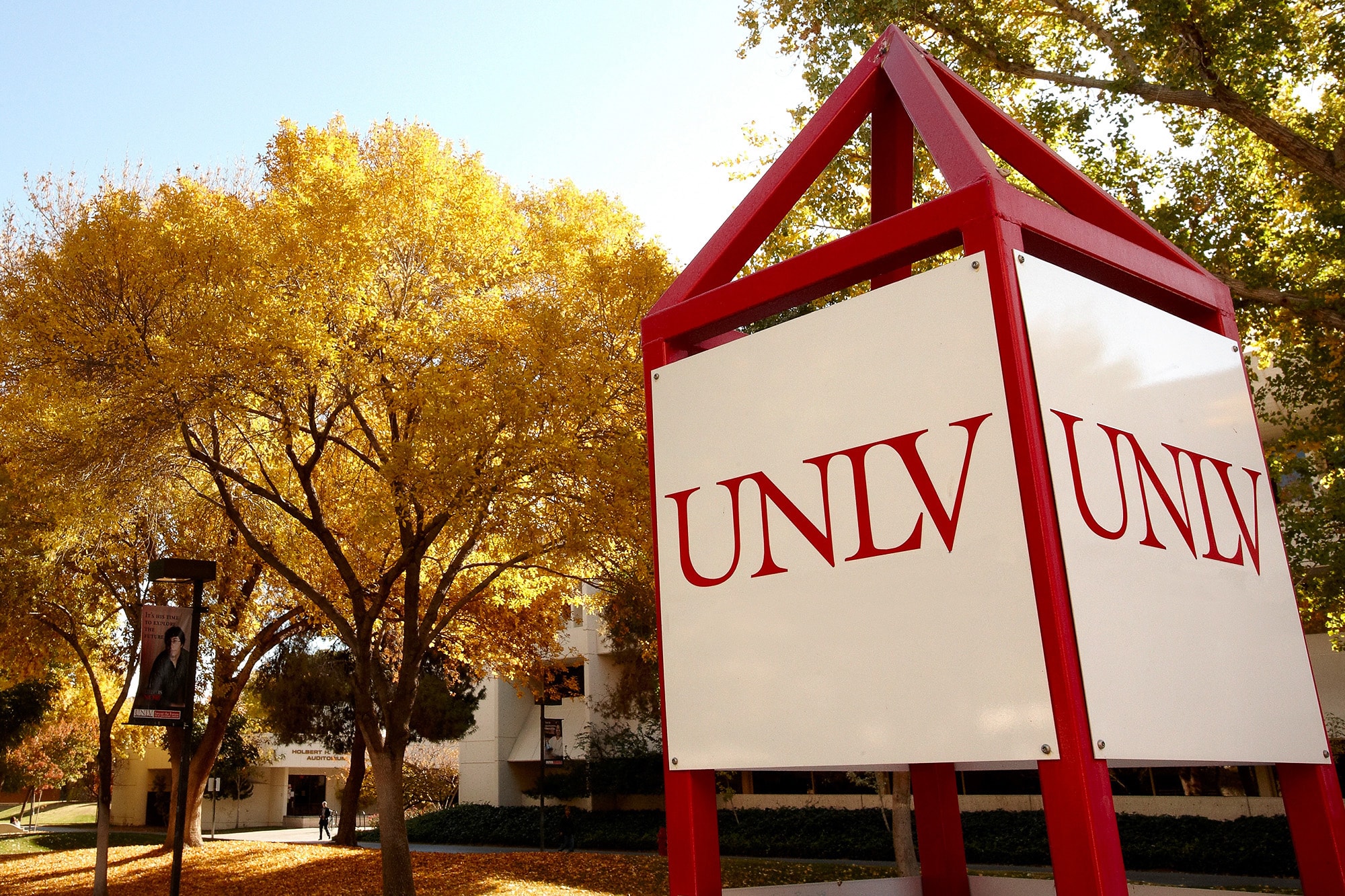It shouldn’t surprise you to learn that all major metropolitan areas across the United States are home to top-tier research universities. Each of these universities contributes in myriad ways to the success of their cities: They help create a thriving economy, a sophisticated and productive work force, and a vibrant quality of life. These universities generate the kind of capital, both human and monetary, that helps their communities flourish. So it is a bit mystifying to most people why Las Vegas and the state of Nevada lack a research university of this strength and caliber.
Here in Nevada, we are missing the crucial investment in infrastructure and faculty necessary to enhance the standing of our research universities, and we must change this situation for the betterment of our state, communities, and citizens. The Carnegie Foundation for the Advancement of Teaching, which provides the most objective system for classifying universities, designates UNLV and UNR in the “RU/H” category – Research University/High research activity, placing us in the second tier of U.S. universities. This designation is quite impressive in that we are among the top 4.5 percent 0f universities across the country.
The top-tier universities, however, are classified as “RU/VH,” or Research Universities/Very High research activity. Only 108 U.S. institutions hold this distinction, and naturally, they are considered the very best universities in the U.S. in terms of the key performance metrics indicating quality: faculty size and excellence, student demographics and success, degree productivity, endowments, and, of course, research activity, infrastructure, and funding.
In my recent State of the University Address, I drew some comparisons between UNLV and several peer institutions using these performance metrics. It became clear quickly that there are significant gaps in the resources necessary to bring our institution to tier-one status. I asserted that these gaps, while daunting, could be closed within the next 10 to 15 years with appropriate investment by the state and the community, and a concomitant increase in our productivity. With this target in mind, we are now outlining a data-driven framework for achieving Carnegie Tier-One (CT1) status, including benchmarks that will hold us accountable for making progress toward our goals. This framework is also guiding planning at each level of the university so that all units are contributing and unified in the pursuit of CT1 status.
In addition to raising funds to help us achieve our dream, we will need to ask the state to invest in our future by funding us to meet our rapidly growing enrollment and to support our research growth. It will be an investment with an incredibly high rate of return for our students’ future, our economy, and our quality of life. So we ask you – the members of our community, our alumni, our donors, and our friends, as well as our faculty, staff, and students – to support this endeavor. We ask that you enthusiastically endorse our goal to build a Carnegie Tier-One research university and, with it, a more prosperous Nevada.
Dr. Neal J. Smatresk
UNLV President
Welcome to UNLV Innovation! We are pleased to offer once again a new issue of UNLV Innovation, the university’s annual research magazine. In this publication, we seek to tell the stories of those who are passionate about their research – the scientists, engineers, and scholars who are dedicated to discovering new knowledge in their respective fields and to changing the way we understand the world.
These stories are designed to describe not only the work of our outstanding faculty and students, but also to promote our university’s philosophical commitment to research. Thus, we hope you come away from this issue with a greater appreciation of the value of research in general, as well as a better understanding of the innovative projects developed on our campus.
Dr. Thomas Piechota
Interim Vice President for Research and Economic Development



